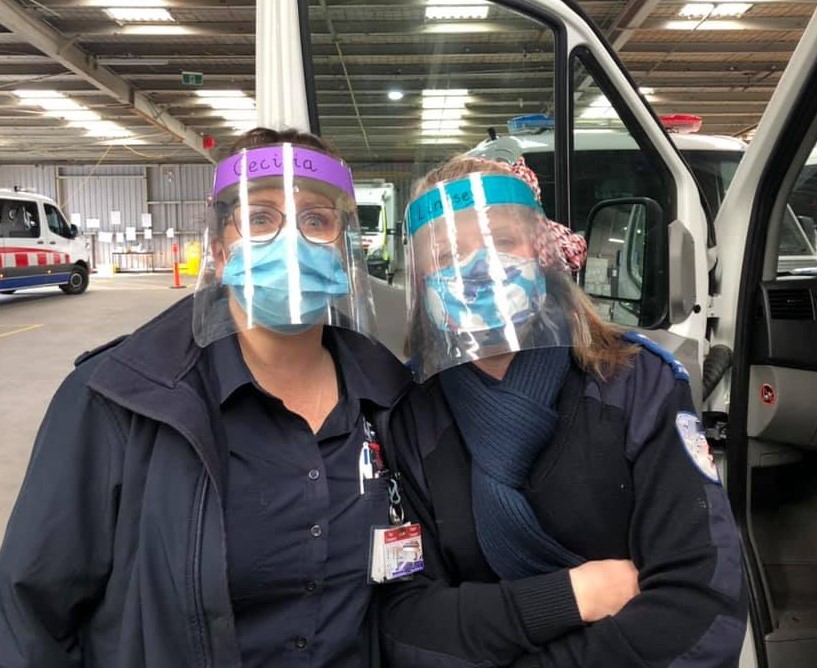News
11th October, 2022
PTO 100 Hours of Supervised Practice – is your employer complying with the amended regulations?
Several members of National Patient Transport (NPT) have contacted the Victorian Ambulance Union Incorporated with concerns in relation to the requirement for new Patient Transport Officers (PTOs) to complete 100 clinical competency hours. Members raised concerns that new PTOs were being rostered to shifts with other PTOs without having completed 100 hours of practice supervised by an ATA/CI. When raised with their relevant managers, members were told that it would be OK as the PTOs would just be driving all day.
What is the Regulation?
The 2021 amendments to the Non-emergency Patient Transport Regulations 2016 (Vic) (the Regulations) included an amendment for new PTOs to have completed 100 hours of clinical practice experience in ‘active patient care’ prior to crewing a vehicle operated by the provider:
Regulation 19 – Competencies for staff of non-emergency patient transport services
(5) A provider must ensure that any patient transport officer who crews a vehicle that is providing a non-emergency patient transport service operated by the provider—
(a) has at least 100 hours of on road clinical practice experience in active patient care; or
(b) is supervised by an ambulance transport attendant or a person to whom subregulation (4)(a) applies.
The VAU interpretation of Regulation 19(5) is that a PTO must complete 100 hours of practice supervised by an ATA/CI before they can be counted as part of a vehicle crew. They may however be an “observer” additional to a dual-PTO crew before completing the 100 hours.

The VAU has sought clarification of our interpretation from the Department of Health’s NEPT and First Aid Regulation team. Though this misconception of the Regulations is unlikely malicious it is important that NEPT providers comply with its intent. The VAU has written to NPT in relation to the matter.
What is ‘active patient care’ for a new PTO?
PTO skills are covered under the Clinical Practice Protocols, V5 (CPPs) and a supervised PTO would engage in using these skills where applicable. Examples within the CPPs include, but are not limited to:
- Attending low acuity jobs with your supervising ATA/CI watching over, practising your clinical approach
- Conscious status assessment
- Perfusions status assessment
- BGLs
- Mental status assessment etc.
The inclusion of the amendment requiring the 100 hours supervised practice was welcomed by the VAU, as we had outlined in our submission the importance of raising the clinical competency of PTOs on the road.
If members are concerned about whether their employer is complying with the Regulations in relation to the PTO 100 hours of ATA/CI supervised ‘active patient care’, or any other matter in relation to Regulations compliance, please contact the VAU.